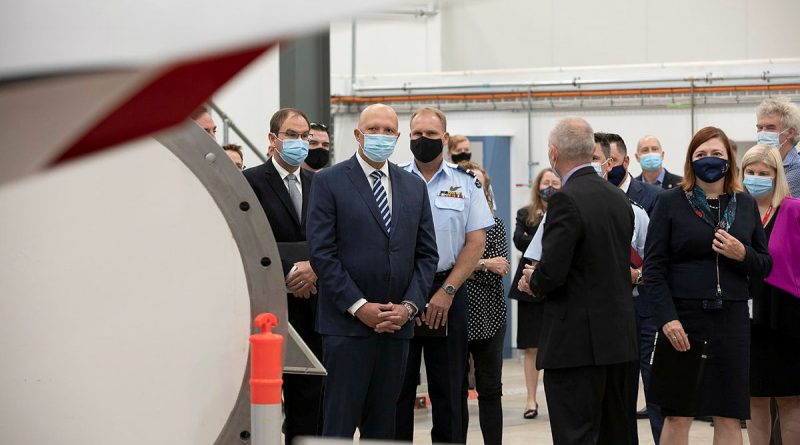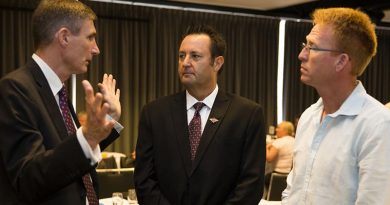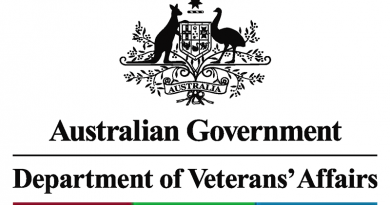Hypersonic precinct to supercharge research

Minister for Defence Peter Dutton officially opened a new $14 million purpose-built hypersonic research and collaboration facility in Brisbane on January, 25, which is tipped to supercharge Australian defence research.
CAPTION: Minister for Defence, Peter Dutton, tours the Australian Hypersonic Research Precinct with Professor Tanya Monro (right), Chief Defence Scientist. Photo by Leading Aircraftwoman Kate Czerny.
The new Eagle Farm facility houses more than 60 staff and supports collaboration between Defence, industry, universities and international partners to advance the development of hypersonic technology.
The research and development efforts will focus on high-speed and hypersonic flight research and technologies, with the goal of improving technical understanding and application through flight test vehicles.
Hypersonic vehicles are able to travel five times faster (Mach 5.5) than the speed of sound, skimming the stratosphere to hunt down long-range missiles and targets.

CAPTION: Defence Chief Scientist Professor Tanya Monro addresses the audience at the new precinct’s opening. Photo by Leading Aircraftwoman Kate Czerny.
Defence Chief Scientist Professor Tanya Monro said the new precinct would demonstrate that Australia has the maturity to be able to contribute and create real deterrence.
“The technology developed here says the government will give Australia the ability to strike back should anything similar ever be used against us,” Professor Monro said.
“We have great confidence in our ability to make vehicles that really do withstand those intense and extreme conditions.”
The lab has already successfully completed Australia’s first test shot by generating true hypersonic flight conditions inside, at a large scale.
Queensland has developed as a centre for hypersonic research. The University of Queensland has the country’s fastest wind tunnel for testing hypersonic flight, while Hypersonix Launch Systems has teamed up with the University of Southern Queensland to create a re-usable hypersonic unmanned aerial vehicle to be called ‘Delta Velos’.
The new facility is the result of Australia’s methodological approach to hypersonic flight over several years.
Defence Science & Technology Group (DSTG) first researched hypersonic flight in 2012 when it launched its Hypersonic International Flight Research Experimentation (HIFiRE) program, which demonstrated technologies required to fly at speeds exceeding five times the speed of sound.
HIFiRE was formed to investigate hypersonic flight technology, the fundamental science and technology required, and its potential for next generation development.
DSTG and the United States Air Force Research Laboratory (AFRL) collaborated on the HIFiRE program. It was one of the largest collaborative research programs between Australia and the USA. It explored the fundamental science of hypersonics and the potential for next generation aeronautical systems.
The HIFiRE program achieved some significant milestones, such as the design, assembly and pre-flight testing of the hypersonic vehicles and the design of complex avionics and flight systems, making it one of the most advancedhypersonics programs in the world.
In 2012 the HIFiRE program was awarded the prestigious Theodore von Karman Award for International Cooperation in Aeronautics by the International Council of the Aeronautical Sciences.
In 2020, Australia and the United States signed a collaborative agreement to develop and test hypersonic cruise missile prototypes under the Southern Cross Integrated Flight Research Experiment (SCIFiRE).
The SCIFiRE Program is based on more than 15 years of collaboration between Australia and the United States on science and technology research into hypersonic scramjets, rocket motors, sensors, and advanced manufacturing materials. The effort is intended to advance air-breathing hypersonic technologies by designing, building and test-flying multiple prototypes.
.
.

.
.





